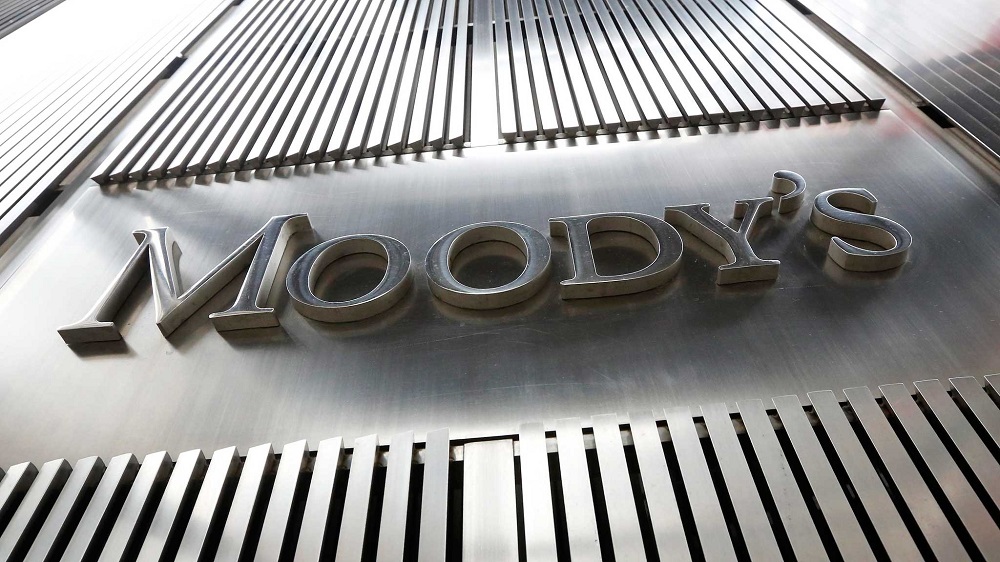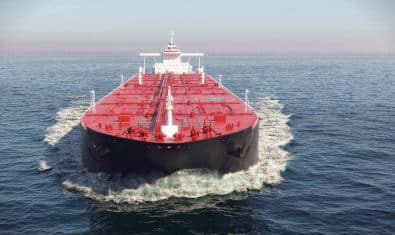Moody’s Investors Service has changed its outlook for the banking system in Pakistan to negative from stable.
The negative outlook is based on Moody’s assessment of six drivers: operating environment (deteriorating); asset risk (deteriorating), capital (stable); profitability and efficiency (stable); funding and liquidity (stable); and government support (deteriorating).
Moody’s rates the five largest banks in Pakistan by assets. Together, these banks account for around 50% of system deposits.
Banks challenged by a slowing economy and high exposure to low-rated sovereign debt.
“Our outlook for Pakistan’s banking system is negative. The outlook expresses our expectation of how bank creditworthiness will evolve in this system over the next 12 to 18 months.”
Real GDP growth will slow to 4.3% in the fiscal year ending June 2019, down from 5.8% in 2018. Tighter domestic monetary conditions – driven by a wide current account deficit and low foreign exchange reserves – will weigh on economic activity. The Pakistani Rupee depreciated 30% versus the US dollar, interest rates rose by 450bps between December 2017 and February 2019 and inflation is rising (2019F: 7%), all of which affect business and consumer confidence and the private sector’s debt repayment capacities.
High exposure to government securities (34% of assets) links banks’ credit profile to that of the sovereign, whose credit profile is increasingly challenged as evident by the negative outlook on its B3 rating. The declining trend in problem loans (8% of gross loans as of Sept 2018) will stall, as challenging operating conditions and structural impediments hamper banks’ ability to resolve legacy NPLs.
Regulatory capital (Tier 1 at 13.2% as of September 2018) will remain broadly stable, but our calculations point to only modest capital buffers. Higher profit retention, hybrid Tier 1 capital issuances, and other capital optimization measures will offset credit growth and so support reported Tier 1 ratios.
Profits will increase slightly but remain below historical levels. Profitability will be driven by higher net interest margins (on the back of higher interest rates and rising government bond yields), 10%-12% credit growth and lower one-off costs, which will compensate for rising provisioning needs and ongoing pressures at banks’ overseas operations.
Stable customer deposits and high liquidity will remain key strengths. Customer deposits make up around 71% of total assets, and we expect these to grow 10% this year, providing banks with ample low-cost funding. Cash and bank placements account for around 15% of total assets, while another 34% is invested in government securities (which are repo-able with the central bank) offering sound liquidity.
The government’s capacity to support banks has deteriorated given its high debt levels, but its commitment to supporting the banks remains strong.
“Over the next 12-18 months, banks in Pakistan will see their credit profiles challenged by their high exposure to the country’s low-rated sovereign debt and a slowing economy,” says Constantinos Kypreos, Moody’s Senior Vice President.
Moody’s says in its just-released report that the banks’ operating conditions will be difficult, with Pakistan’s real GDP growth slowing to 4.3% in the fiscal year ending June 2019, down from 5.8% in 2018. The Pakistani rupee has depreciated 30% versus the US dollar, interest rates rose by 450 basis points between December 2017 and February 2019, and inflation is rising; all factors which affect business and consumer confidence and the private sector’s debt repayment capacities.
Moody’s also points out that Pakistan’s banks face the risk of macroeconomic contagion through a range of channels, including 1) their large holdings of government securities, which caps their credit profiles to the sovereign, and 2) from the authorities’ weakening capacity to support the banks in case of need, as evidenced by the negative outlook on the sovereign rating.
“On a more positive note, the banks will continue to benefit from stable customer deposits and high liquidity,” adds Kypreos.


























Wish Asad Umar quotes this in his press conference as well. This is the downside of our politicians, they like praising and shouting about what portrays good on their side but don’t even mention these sort of reports.
PM house ki gaai bech k Ranking Super + hugi
Whenever a country like Pakistan delays in getting loan from IMF they will attack your currency/country financially, its that simple.